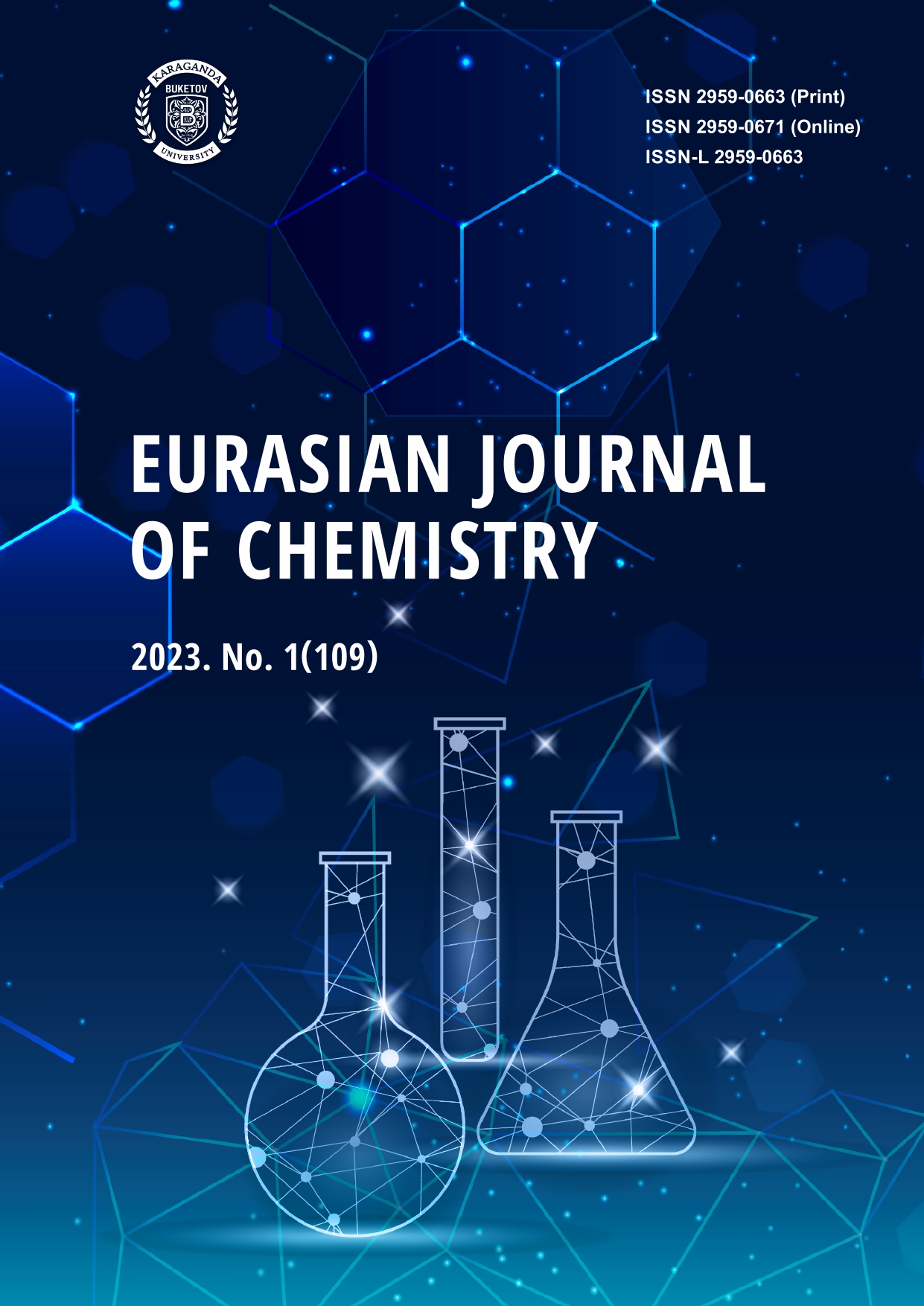Flash Chromatography and Semi-Preparative HPLC: Review on the Applications and Recent Advancements over the Last Decade
DOI:
https://doi.org/10.31489/2959-0663/1-23-9Keywords:
Flash chromatography, Semi-preparative HPLC, Isolation, Fractionation, Purification, Recent advancements, Evolution, ApplicationsAbstract
Flash chromatography and Semi-Preparative High Performance Liquid Chromatography have showed themselves as promising separation tools. These techniques assist in the process of isolation, fractionation and purification of chemical, biological and pharmaceutical substances. The present article describes the recent advancements made in flash chromatography and semi-preparative HPLC techniques in the last decade with specific focus on natural products. This article highlights the basics, instrumentation, current advancements made to facilitate the separation, advantages and applications of these two techniques. Flash chromatography is a versatile tool for the rapid but efficient separation and purification of analytes in relatively pure form. Nowadays, there are even functionalized silica pre-packed cartridges with different silica weights and particle sizes that are available to use. Flash separation using dual columns can be used to enhance separation of complex mixtures and can be applied to numerous classes of compounds. The semi-preparative techniques, despite their high cost, can be helpful in high purity separation and production of reference standards for the pharmaceutical industry. This comprehensive review presents a brief analysis of all the recent research employing these two techniques for varied applications. This review will help chromatography specialists to make the decision of applying these two techniques in order to accelerate their research and development journey.
Downloads
Published
How to Cite
Issue
Section
License
This work is licensed under a Creative Commons Attribution-NonCommercial-NoDerivatives 4.0 International License.
Authors retain copyright and grant the journal right of first publication with the work simultaneously licensed under a Creative Commons Attribution License (CC BY-NC-ND 4.0) that allows others to share the work with an acknowledgement of the work's authorship and initial publication in this journal.




